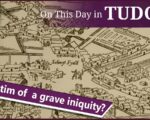
On this day in Tudor history, 20th December 1583, the day after his son-in-law, John Somerville, had been found dead in his cell, Warwickshire gentleman Edward Arden was hanged, drawn and quartered at Smithfield.
Arden, who was related to William Shakespeare’s mother, Mary Arden, and married to a member of the Throckmorton family, had been found guilty of treason, after being implicated in Somerville’s plot to kill the queen.
But was Arden actually guilty? Why didn’t others involved end up being executed too?
Find out more about Edward Arden and what happened in 1583, in this talk…
[Read More...]
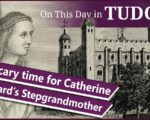
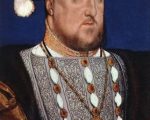
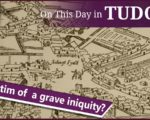
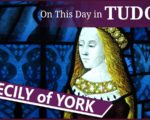


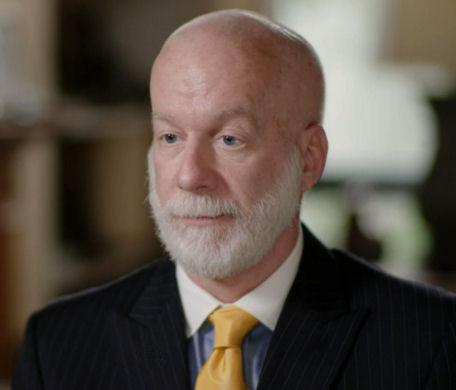 Many followers of the Tudor Society will have read articles by J Stephan Edwards as he regularly contributed to the Tudor Life Magazine. We are happy to announce that Stephan will be talking at two prestigious lectures at the Society of Antiquaries of London on Thursday, 4th April. Both are free and open to the public, but you must register if you want to attend:
Many followers of the Tudor Society will have read articles by J Stephan Edwards as he regularly contributed to the Tudor Life Magazine. We are happy to announce that Stephan will be talking at two prestigious lectures at the Society of Antiquaries of London on Thursday, 4th April. Both are free and open to the public, but you must register if you want to attend: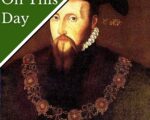

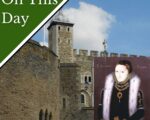
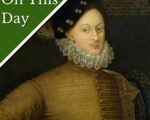
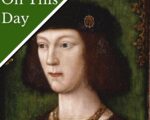
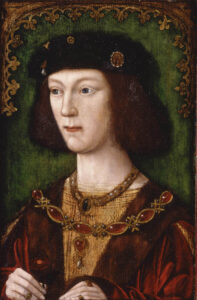 On this day in Tudor history, 21st June 1509, England’s new king, the nearly 18-year-old Henry VIII, travelled from Greenwich to the Tower of London.
On this day in Tudor history, 21st June 1509, England’s new king, the nearly 18-year-old Henry VIII, travelled from Greenwich to the Tower of London.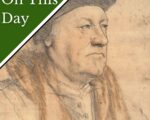
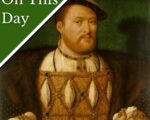
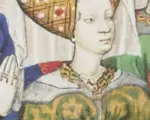
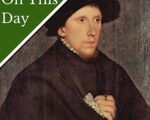
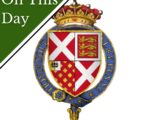
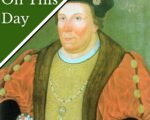
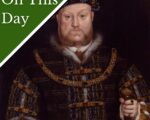
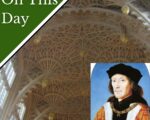
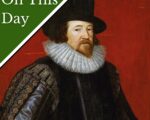
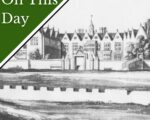
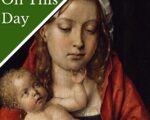
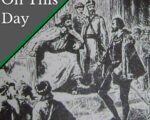
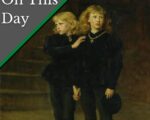
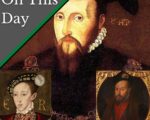
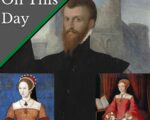
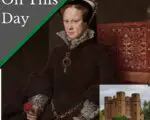
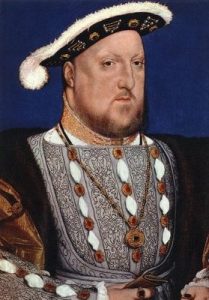 I thought I'd celebrate the anniversary of his birth on 28th June 1491 by sharing some of the Henry VIII resources we have here on the Tudor Society:
I thought I'd celebrate the anniversary of his birth on 28th June 1491 by sharing some of the Henry VIII resources we have here on the Tudor Society: